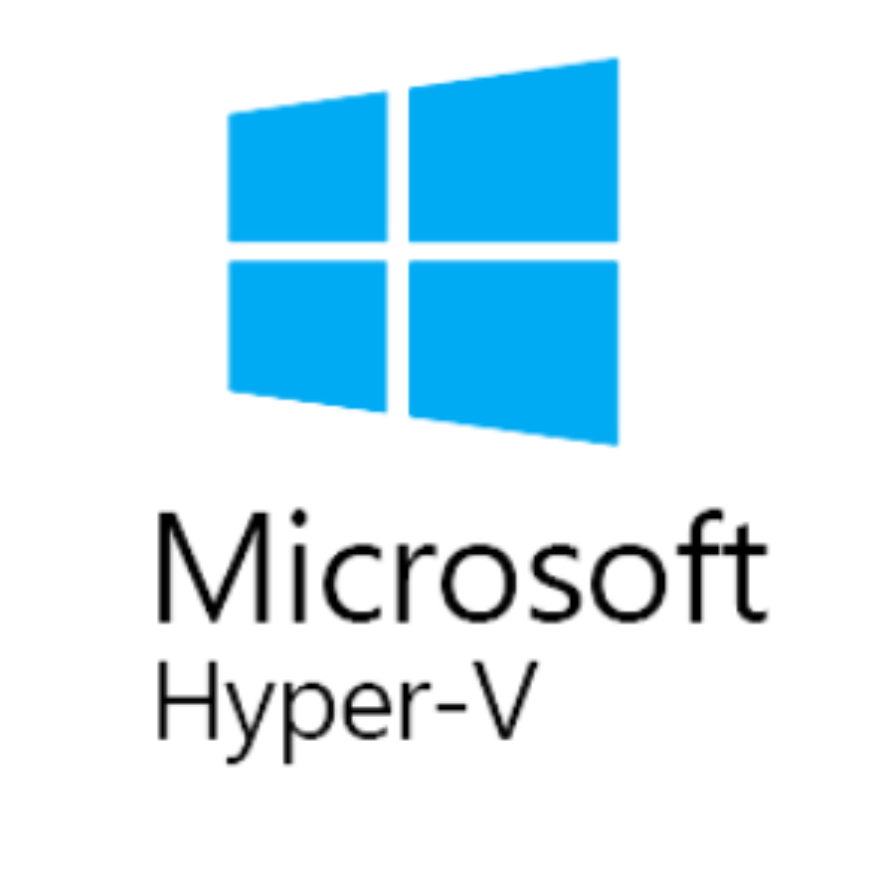Hyper V Server

John Joyner walks you through the steps of setting up a single virtualization host using Windows Server 2012 Hyper-V and points out some of the new features. Apr 03, 2016 Microsoft Hyper-V Server 2012 R2 and Hyper-V Server 2012 provide a simple and reliable virtualization solution to help organizations improve their server.
A long time ago, I did a post about how to. Then I did a post that showed you how to. Finally, I did a post that showed you to make the whole process easier. Well, time has passed and we have made things significantly easier for you here. With Windows 8, Windows 8.1, Windows Server 2012 and Windows Server 2012 R2 you will now find that the Hyper-V Administrators group is already present: All you need to do these days is to add your user account to the Hyper-V Administrators account, and you can do everything with Hyper-V without having to be a local administrator on the system.
We tried this and it doesn't work. We use a 2 node Windows server 2012R2 Hyper-v cluster and user workstation is windows 8.1.
We added the standard domain user account to the local 'Hyper-V Administrators' group on both servers and rebooted the servers and the user's workstation but the error is 'you do not have administrative permissions on this cluster.' When you try to connect using MMC with FCM on the user's workstation. Same issue as this post and they claim Microsoft say this problem/bug/feature will not be fixed? So do we have to just make the user a local admin on the Hyper-V server or should this feature work? Is there something else we need to bear in mind?
Hi Ben and others. My environment is WS2016 / W10 Pro. Imho there is a serious usability issue in this area. Or course, we can give “Hyper-V Admin” rights to some accounts without giving them upper rights.
But, feel free to correct me if I’m wrong, if those accounts have only “Hyper-V admin” rights, they won’t be able to use Hyper-V Manager because they don’t have enough privileges to run the mmc. Let’s take an example.
My people are Java software developers. They work in a full Java environment, Eclipse, Git, etc. For some purposes, they run some Hyper-V VMs on their PCs. But very few of them are really the PS skills necessary to drive the VMs. What I would expect is to be able to add them in the “Hyper-V Admin” group and no more. They would have enough rights to run Hyper-V Manager and drive their VMs through some nice graphic tools. And AFAIK, this is not possible without given them the full “Admin” rights on their computers.
And this is even worse if you run an Hyper-V Server and want your people to drive their VMs from their local Hyper-V Manager, because in such case, you must give them full Admin rights not only on their workstations but also on the server. This is bad, really bad.
Contents • • • • • • • • • • • • • • • • • • • • • • • • • • • • History [ ] A beta version of Hyper-V was shipped with certain x86-64 editions of Windows Server 2008. The finalized version was released on June 26, 2008 and was delivered through.
Hyper-V has since been released with every version of Windows Server. Microsoft provides Hyper-V through two channels: • Part of Windows: Hyper-V is an optional component of Windows Server 2008 and later.
It is also available in x64 of Pro and Enterprise editions of, and. • Hyper-V Server: It is a edition of Windows Server with limited functionality and Hyper-V component.
Hyper-V Server [ ] Hyper-V Server 2008 was released on October 1, 2008. It consists of and Hyper-V role; other Windows Server 2008 roles are disabled, and there are limited. Hyper-V Server 2008 is limited to a used to configure the host OS, physical hardware, and software. A menu driven CLI interface and some freely downloadable script files simplify configuration. In addition, Hyper-V Server supports remote access via. Windows Vista Starter Iso. However, administration and configuration of the host OS and the guest virtual machines is generally done over the network, using either on another Windows computer. This allows much easier 'point and click' configuration, and monitoring of the Hyper-V Server.